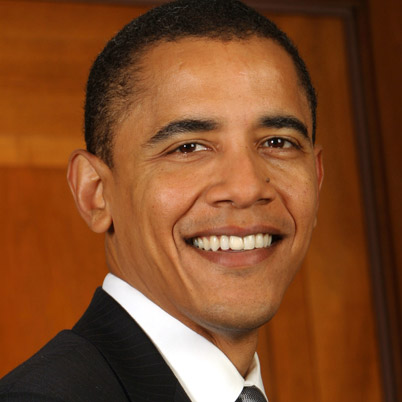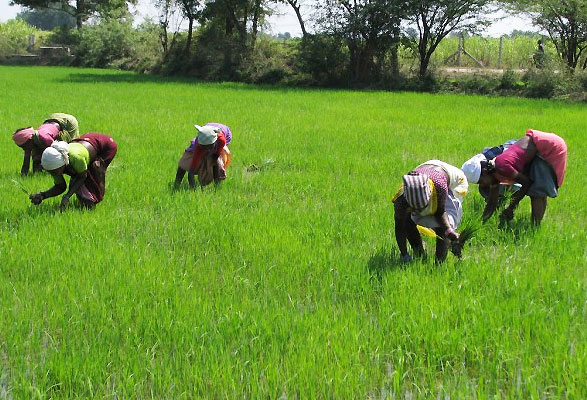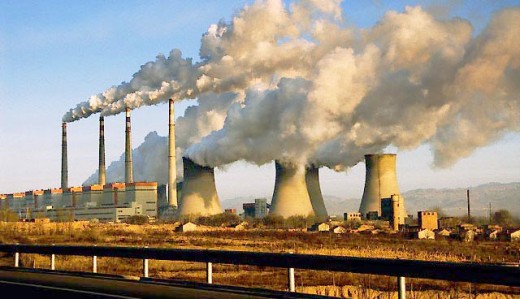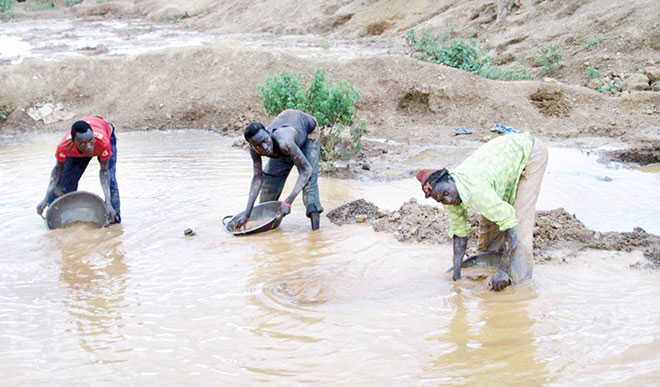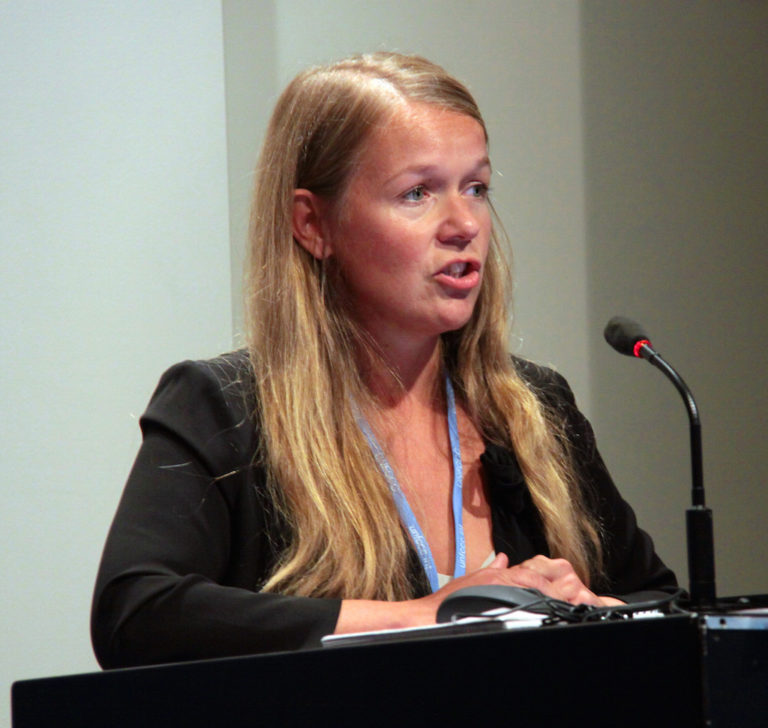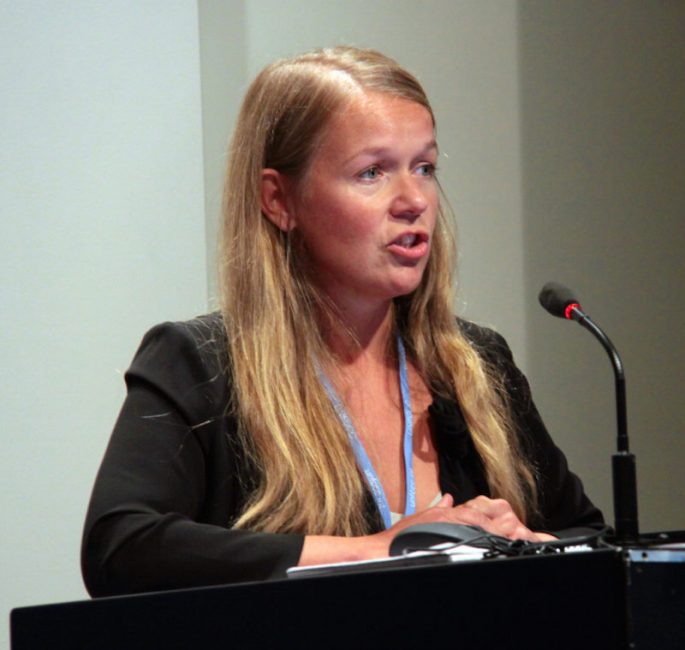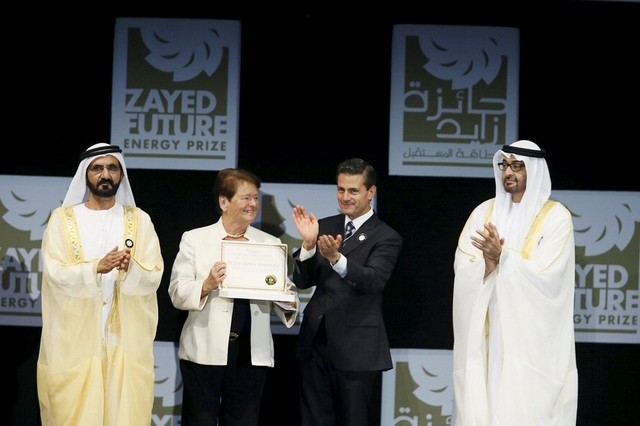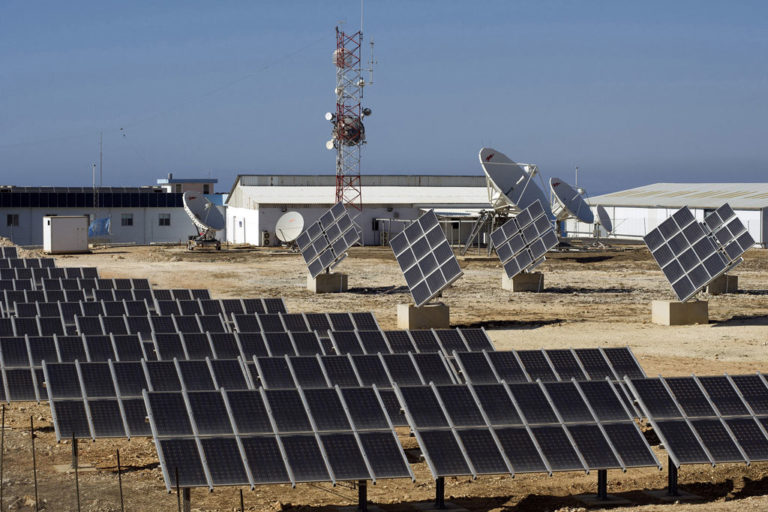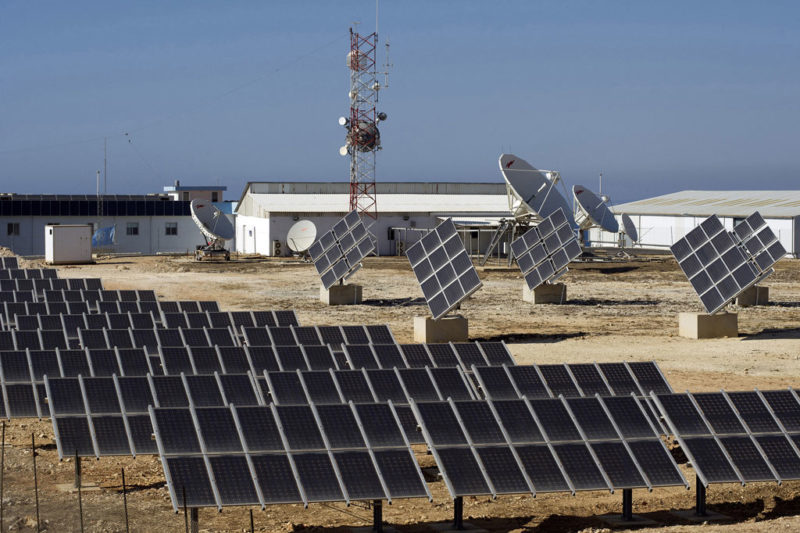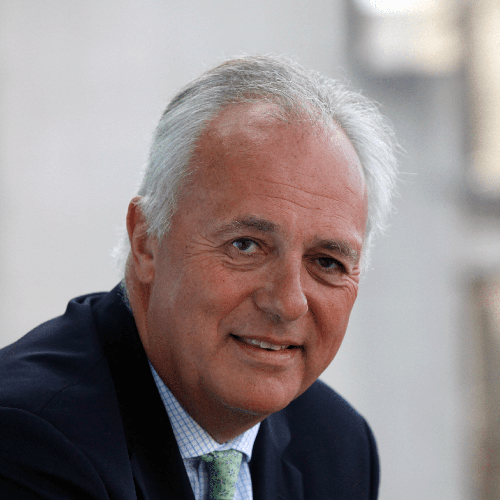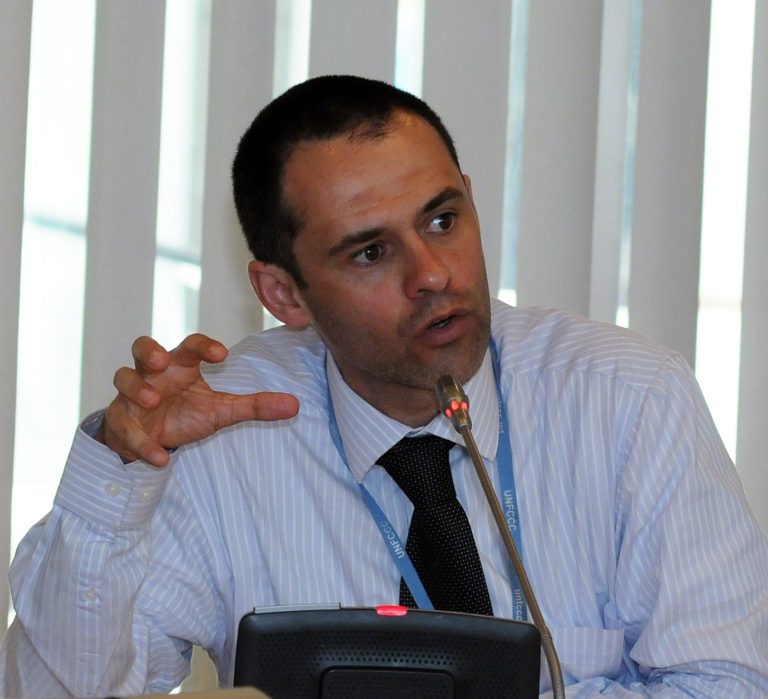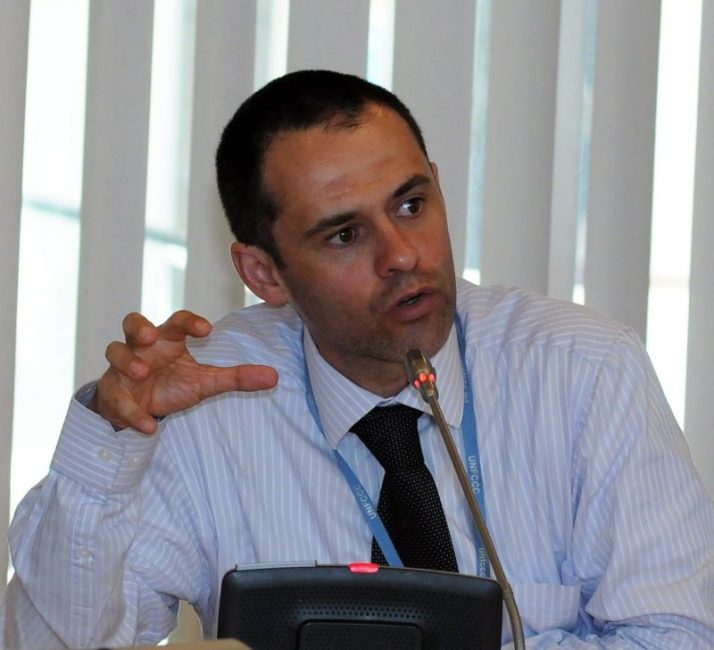Lagos, Nigeria’s former capital city, is in an ambulatory speed to overcome its lost glory. With its new nomenclature as a mega city, Lagos is on the fast lane to catch up with modernity in order to befit its mega city status. The change from a metropolis to a mega city started from the sudden increase of its six million populations in the year 2000 to 12.5 million in 2011 and as at 2014, the population was estimated at 21 million and the number is still on the rise.
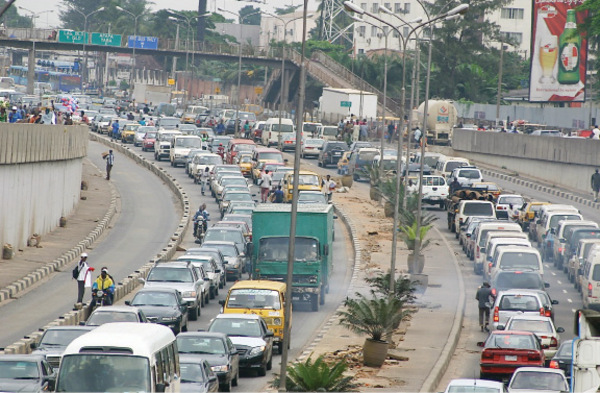
Physically, Lagos’ territorial expansion is equally on a very fast lane and already creating a burst at the seams. The former outlying villages and their adjoining agricultural lands on the outskirts of Epe, Ajah, Ikorodu, Agbowa and Badagry have been consumed by rapid urbanisation. These areas are no more hinterlands as they used to be; but are colonies of new urban settlements, their deficiencies in infrastructure and basic urban services notwithstanding.
The rate of new developments in the last two decades has been phenomenal. Anywhere one turns to, construction is ongoing. The cityscape is dominated by massive office complexes, high-rise residential buildings, and shopping malls, vest pockets of upscale housing estates, local markets, and amusement parks.
In transportation planning and mass transit, the mega city is making its mark. It now has a functional Bus Rapid Transit (BRT) service highly rated for its operation performance, efficiency, reliability and affordable fare. Introduced to the public transport system six years ago, the BRT, it has a “daily ridership in excess of 220,000 and a cumulative ridership of 113 million since inception in 2010.” To complement BRT is the monorail which is under construction and would be ready for commissioning in 2017. Upon completion, the Blue Line of the monorail project will start running from Okokomaiko to Marina, a distance of 27.5 kilometers with a journey time of 35 minutes.
The mega city with its huge population figure and high population density generates the humongous amount of domestic garbage/refuse on a daily. Well over 12,000 metric tons of garbage was reported in 2016 by the Lagos State Waste Management Authority (LAWMA) as a daily figure being generated in the sprawling megacity. Getting rid of the huge amount of garbage is a daunting challenge as LAWMA self-admitted, but efforts are not being relented to cope with the onerous responsibility.
Mr. Akinwunmi Ambode as a visionary urban reformist and a game changer. When he assumed office on May 29, 2015, as the 14th Executive Governor of Lagos State, he had an ambitious plan. He was unequivocal what the State’s vision and policy thrust would be under his watch. The State vision: “Making Lagos Africa’s model megacity and global economic and financial hub.”
The State Policy Thrust: “Poverty eradication and sustainable economic growth through infrastructure renewal and development.”
What is the magic wand used by the Governor? Put succinctly, what has Governor Amode done or continue to do differently to gradually turn around the fortunes of the Lagos mega city thus far? This article is not about the adulation of the Governor. Far from it. It is about the core elements of urban management and good governance which cities in Nigeria have been short-changed from time immemorial. From this writer’s point of view as an urban planner and a planning advocate, methinks that Governor Ambode’s approach to urban governance is a clear departure from what obtains in the past. Perhaps, this is the principal factor that has contributed to the tangible achievements of his administration in Lagos State generally and as manifested in the positive turnaround of the urban conglomerate now popularly known as the Lagos Mega City.
Good governance and participatory planning were Ambode’s first guiding principle. He is a committed apostle of the inclusive government in words and deeds. For every oppourtunity that comes his way, he harps on openness and inclusiveness. He constantly assures Lagosians that they are his “first consideration in whatever decision the administration takes; and that Lagosians would participate in every plan, programme and sundry government activities in Lagos State”. The practice of this principle is amply demonstrated in the engagement of the residents in Town Hall Meetings within each precinct that constitutes Lagos Mega City as a means of the government connecting with the people. Held quarterly in the presence of a large crowd of city residents, Governor Ambode uses the forum to intimate the citizenry how the city is being managed and administered by giving a detailed account of his stewardship, particularly how public resources were expended for overall public good. The Town Hall Meeting is also used as a feedback mechanism to hear from the residents about their agitations and how best the government they democratically elected can serve them better.
Urban management is made facile and more impact effective when it is people-centred. It is a core principle that municipal governments in Nigeria should learn to emulate and practice. In every democracy, the city residents are demanding to be heard and to participate in the decision-making process on matters that affect their lives and living. Good urban governance demands that elected officials should be accountable for their actions. The driving force in promoting transparency and accountability is citizen participation, which at the level of municipal government in Nigeria is still seldom cultivated. But Governor Ambode has convincingly demonstrated how it has been done successfully in Lagos State as this piece will further highlight.
A city’s livability and economic viability are tied to the apron string of its local plan of action. The Ambode administration has adopted this principle to the hilt by the implementation of various plans and intervention programmes, which have started to yield positive and beneficial results for the residents of the mega city. He personally championed what this writer code named “urban renaissance.” It is an era of massive urban infrastructural renewal and development, environmental sustainability, job creation, poverty eradication and a conducive/enabling environment for public-private partnership; and to encourage local entrepreneurship. The inflow of foreign capital investment is on the increase. The mega city is the principal beneficiary of such huge off-shore capital in-flow.
The implementation strategies for each of the afore-mentioned component of the local plan of action are evident in the novel ideas, plans and intervention programmes which the Ambode administration has religiously deployed its energy.
We surmise a few pertinent examples. The Lagos State Government embarked on massive construction and rehabilitation of the mega city road networks and as a result, there was a marked improvement in road connectivity and smooth intra-city circulation. The initiations and commissioning of new projects and actual development of recreation/activity centres to boost tourism within the megacity are in full swing. The National Museum, Onikan and Tafawa Balewa triangle have been designated an amusement district of the future. The provision of urban furniture such as bus shelters, on a massive scale throughout the nooks and crannies of the mega-city, is a component of intervention programmes for public transportation. The glory of Yaba Bus Park (as a notable bus terminus of the sixties and late seventies) is being revived. The bus park is being transformed to a modern bus terminus with state-of-the-art facilities for the comfort of the public.
On urban economy and job creation, the city offers greater and diverse oppourtunities for all. To ease the problem of capital scarcities for a local business start off and poverty reduction, a fund called Employment Trust Fund has been established in order to assist any deserving applicant or new local business to break the yoke of working capital incapacity or insolvency. Job creation strategies are being employed through the establishment of industrial hubs at suitable locations within the mega city. The revival of moribund industrial estates at Oyadiran, Sabo and Ikeja is on the drawing board. The Oyadiran industrial estate will be transformed into Lagos’ version of a Silicon Valley…hub of high-tech and knowledge-based industries. The Lekki Free Zone is already a business incubator, and other holistic urban revitalisation plans to facilitate job oppourtunities for job seekers are on the ascendancy.
The Ready, Set, Work (RSW) programme is a new addition to the number of job creation initiatives introduced by the incumbent administration. Essentially, the RSW is “an initiative to enable fresh university graduates to secure internship placements in high ranking corporate organizations, and also provide a platform for those with viable business ideas to benefit from local investors and the Lagos State Employment Trust Fund.”
Environmental sustainability projects are changing the face of the mega city. Most of the unsightly waterfronts at Makoko, Ilaje, Okobaba timber mill on the mainland and Marina on Lagos Island have been cleared. The affected areas will be put to more productive/economically viable uses in order to enhance the city’s economic base and propensity for revenue generation. The majority of these developments are private sector-driven in consonance with the policy focus of the administration. The government only provides an enabling environment for prospective investors.
The mega city is gradually transforming from a filthy megapolis to a city of wholesome hygiene. The Lagos State Waste Management Authority (LAWMA) has risen to the challenge of its responsibility to rid the city of waste. LAWMA has evidently redoubled its efforts at waste collection, disposal, and management using corporate ingenuity, the involvement of the Private Sector Participation (PSP) operators in garbage collection and recruitment of street sweepers. Also introduced are the separation of waste and the application of modern technology in waste recycling.
Concerning housing accommodation problem in the mega city, the current administration has devised a two-prong approach to facilitate housing affordability and accessibility by Lagosians. With the launching of the mortgage financed rent-to-own housing scheme and rental housing, the government is able to offer a choice for home ownership or monthly rental to residents who have a choice to partake in either of the two schemes once the applicants meet certain eligibility requirements.
Mention must be made of Lagos transformation to a Smart Mega City. The Lagos State Government has invested heavily in setting up a modern website to facilitate internet communication and e-transaction of government business in order to promote administrative efficiency. The Lands Bureau, Ministry of Physical Planning and Urban Development and Ministry of Education are examples of government establishments whose operations are over 70% web-based. This has made Lagos mega city comparatively competitive with other global smart cities.
Lastly, and instructively, we may bold to say that effective urban management is not “rocket science.” What it entails is a focused leadership with a team of dedicated municipal officials who have demonstrable professional acumen and urban management aficionados; and those who are ingeniously innovative. These are the sterling qualities that are required to formulate a local plan of action or road map for an effective urban management and other deliverables of urban basic services, using the Lagos mega city as a case study. It is the only option to obliterate the sub-human living conditions prevalent in Nigerian cities and which city dwellers have become habituated.
By Yacoob Abiodun (Urban Planner; Planning Advocate, Parkview Estate, Ikoyi, Lagos, Nigeria)

